Report: Ford CEO Says China Strategy Changing


Ford Motor Company is tweaking plans in China and seeking to turn around financial losses after five years of lackluster sales within the region. The new strategy will be focused on exporting to other countries, commercial product, and reinforcing the necessary supply chain for all-electric vehicles.
CEO Jim Farley has reportedly returned from Asia to finalize those plans, which were reiterated during a press call about Ford’s first-quarter earnings held earlier in the week. According to Automotive News, the executive stated that China would remain important to the company. But that the businesses would need to focus on sectors that would yield the highest return on investment. So far, direct sales haven’t been a part of that.
But it doesn’t appear to be for a lack of trying. Ford has introduced new models specifically designed to cater to Chinese customers. Still, Changan Ford (the automaker’s regional joint venture) only held 1 percent of all Chinese light-vehicle sales in 2022 vs the 4 percent it managed to snag in 2016.
The business lost $572 million in China last year. Sadly, it will be harder to determine how it’s doing moving forward because Ford doesn’t intend on breaking down earnings by geographic location anymore. Like many manufacturers, it has also streamlined its sales reporting to a point where the resulting data borders on useless.
Ah, transparency.
"We're not going to try to serve everyone," Farley said on Tuesday. "It will be a lower investment, leaner, much more focused business in China."
From Automotive News:
Farley cited the company's joint venture partnership with Jiangling Motors Group as an example of what it will do moving forward, with plans to use Chinese operations as "export hubs" for affordable EVs and commercial vehicles to markets such as South America, Australia and Mexico.
Last month, the company announced the next-generation Lincoln Nautilus for North America would be exported from China, a first for Lincoln. Executives have said the luxury brand is profitable in China.
Asia has historically proven to be a slippery fish for American automakers. Japan has long seemed impervious to U.S. products, despite having been so heavily influenced by American culture following the 1940s.
But things have been a little different in China. While the country has been incredibly strict on vehicle importation and often required foreign businesses to engage in partnerships with local firms, American brands do exist there. Some brands (e.g. Buick and Cadillac) have even done quite well for themselves. However, similar to Japan, it’s the German brands that seem to be getting the most love.
Ford has been trying to make China work for years. But robust sales within the region have not manifested, making its decision to revamp operations unsurprising.
That said, leadership continues to claim that the market (which is now the world’s largest) will remain incredibly important. There are just too many potential buyers and China is aggressively pushing toward electrification and basically owns the global market in terms of battery production.
"We believe that not only is it the biggest EV market in the world, but customers digitally are ahead of the rest of the world, and so it's a really important market for us," said Farley. "And what we really see in our presence there is battery tech, digital experiences for the customer and advanced product, both software and hardware integrated."
[Image: Nick Shoe/Shutterstock]
Become a TTAC insider. Get the latest news, features, TTAC takes, and everything else that gets to the truth about cars first by subscribing to our newsletter.
Latest Car Reviews
Read moreLatest Product Reviews
Read moreRecent Comments
- Jagboi The Canadian Mark VI's had the "Electronic fuel injection" badge on the side, but had the Ford Variable Venturi carb. The Canadian brochure for these cars does not have the portion about EFI that the US brochures have. A bit of false advertising for sure.I've seen a number of these cars up to 1983 and none of the Canadian market cars had EFI. The US cars had a crank triggered ignition systenm, the Canadian cars had the Duraspark just like the carbed Ford and Mercury Panthers.
- Syke Back when BMW actually made ultimate driving machines.
- Alan Many Ford designs that are manufactured in China are designed in Australia. Ford just fired hundreds of engineers. That only leaves engineers to keep on designing the Rangers, Bronco, etc.
- Alan Big Al,Seems the author has confused horsepower and kilowatts. Check out what the Aussie Ranger Raptor power output is.The VW Amarok is the 2.3 Eco Boost, I think its about what the author wrote.To be fair, the author may be quoting EU hp.
- Paul Alexander Is TTAC okay? Where are the other articles? Where are the other comments?














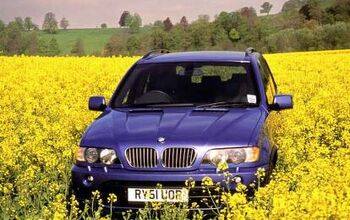
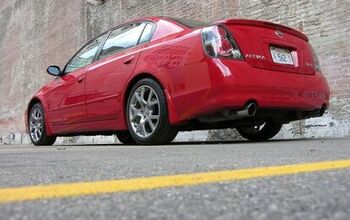
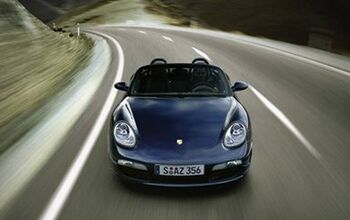
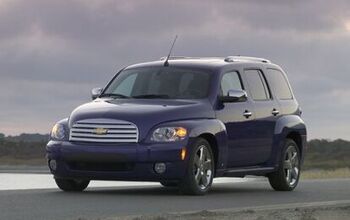



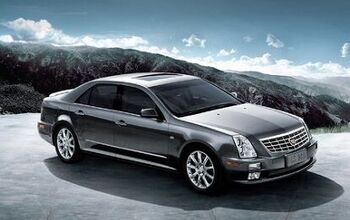





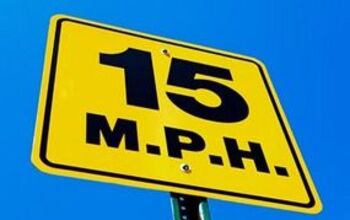


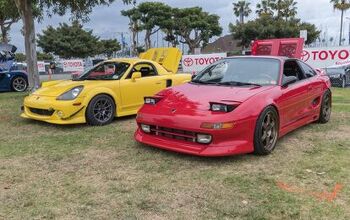

Comments
Join the conversation
Reminds me of the 80's when the Japanese kicked the Big Three and the 90's when the Koreans gobbled up the inexpensive market. The response was to dump Mercury, Pontiac, Oldsmobile, Plymouth, Holden, & Saab due to diminished market share.
As part of Plan B, The Big Three raced to China to grab an exploding market with American cachet. Now, the wind has changed direction (greater domestic quality, EV transition), yet the Big Three are caught with their pants down for the second time!!
Stick with what you know: the Western Hemisphere and Europe; SUVs & pickups; develop EVs for the everyman like you did with ICE vehicles in the 1920's & 30's; and fight for market share. The C-Suite is full of MBAs who are afraid to get their fingers dirty; time to call in a street brawler who's not afraid of a fight.
Many Ford designs that are manufactured in China are designed in Australia. Ford just fired hundreds of engineers. That only leaves engineers to keep on designing the Rangers, Bronco, etc.